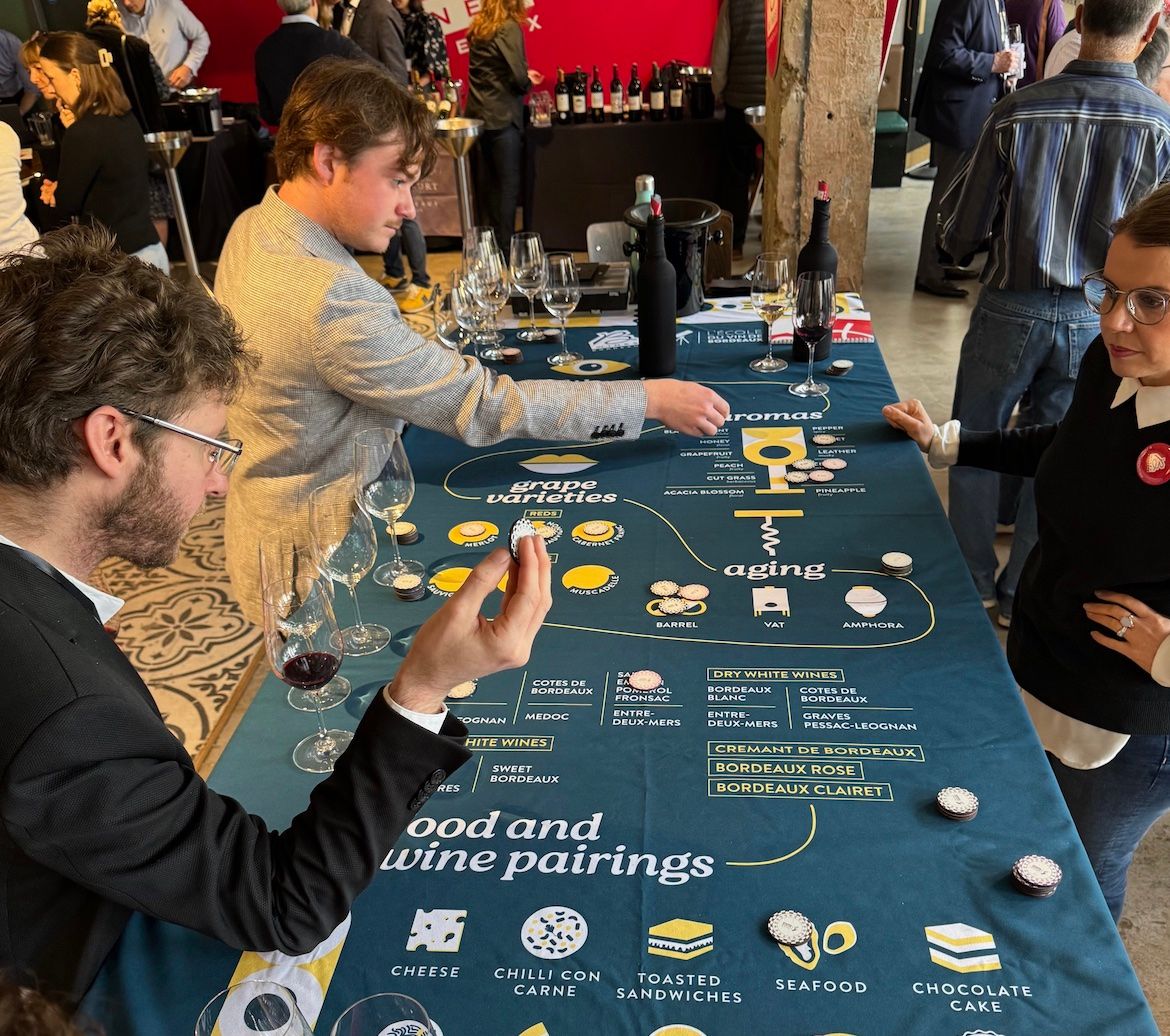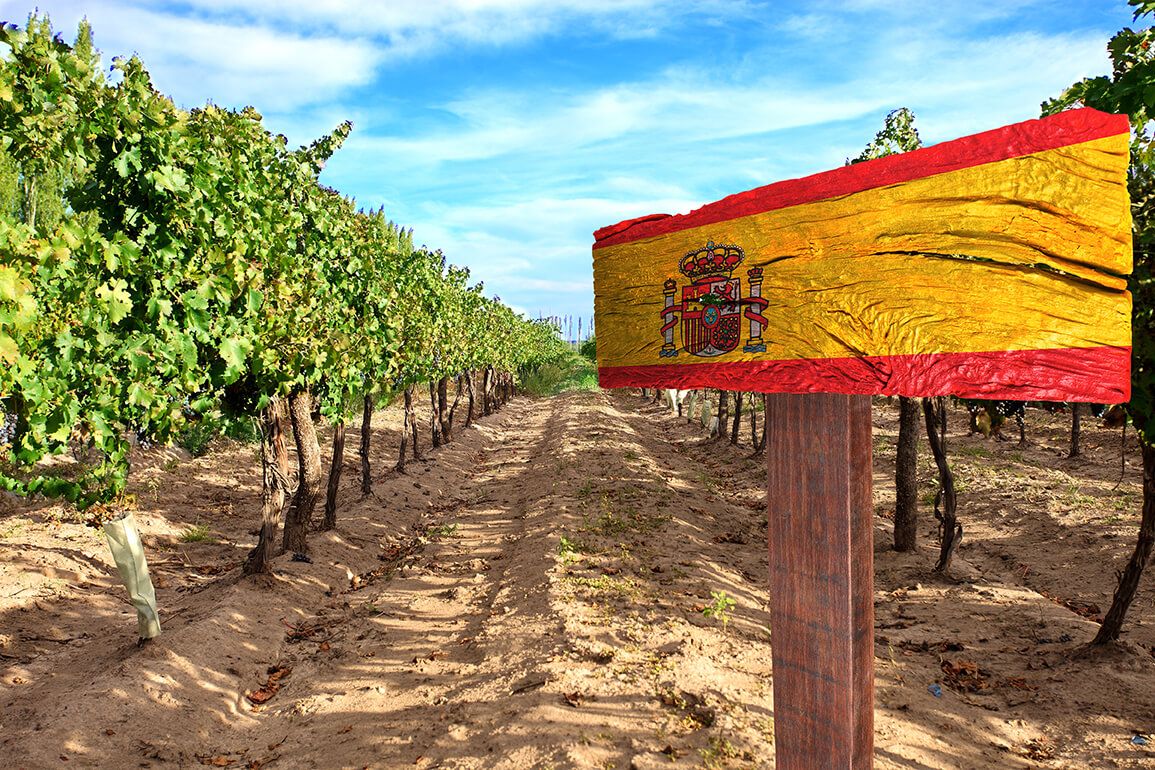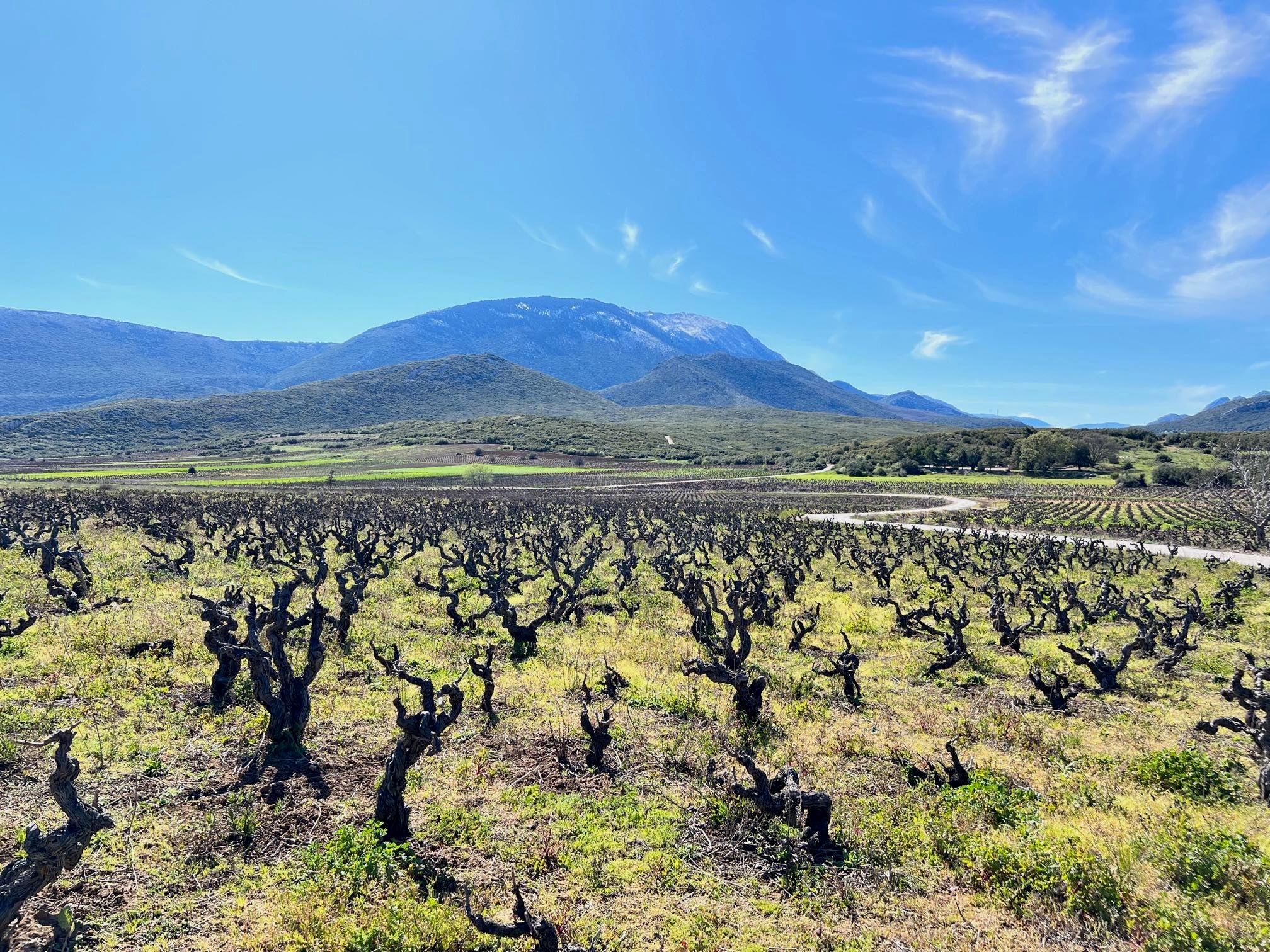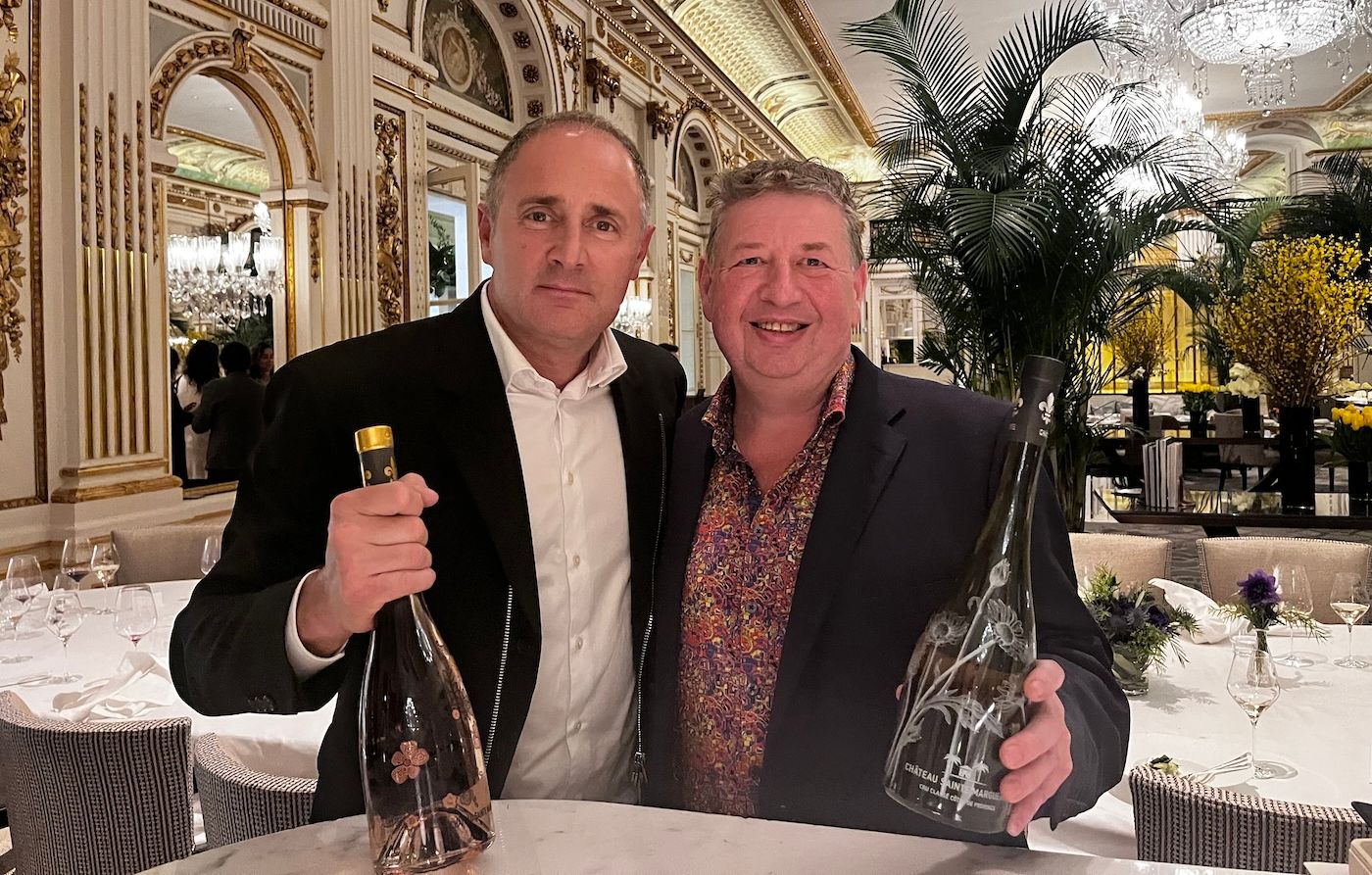“While some restaurateurs have deep pockets, storage and time, most do not. If they want to offer fine mature Bordeaux, they are likely to buy it on the secondary market – sometimes with questionable provenance,” writes Krebiehl.
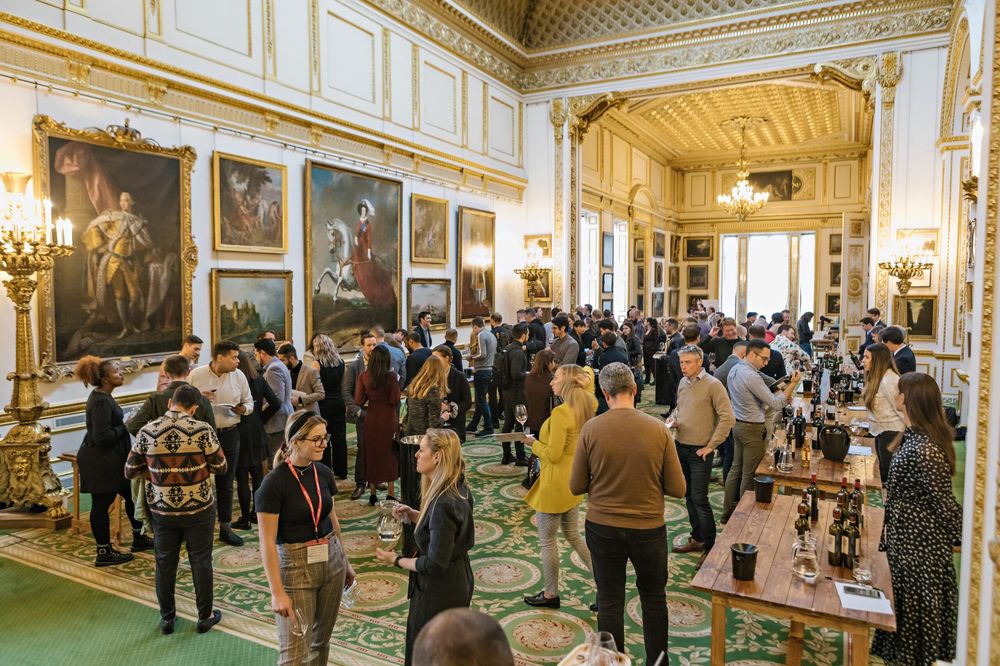
Bordeaux Collection tasting, September 2022
In January 2020, Bibendum Wine started the Bordeaux Collection, a pilot programme that makes mature fine Bordeaux wines available to the on-trade. It was a revolutionary idea. Then Covid came and halted progress. But the programme was kept alive and has since gained immense traction, creating a win-win situation for both restaurants and châteaux. Here is the low-down and what has been achieved so far.
What is the Bordeaux Collection?
The programme started with six châteaux initially. They entered into a deal with Bibendum whereby they would release mature back vintages from their own cellars at a special price that would then be made available to premium on-trade venues across London to serve by the glass. The initial Bibendum partners were Châteaux Pedesclaux, d’Issan, Goulée, Cos d’Estournel, d’Armailhac and Clerc Milon. Some provided just one wine, others, like Cos d’Estournel provided both their first wine and their Pagodes de Cos.
By now, even more names have joined – and they are illustrious: Lafite, Barons de Rothschild, Cantenac-Brown, Smith Haut Lafitte, Troplong-Mondot, Lynch-Bages and Figeac. “This has been really exciting,” says Jaspreet Hodgson, head of premium sales for Bibendum. “We went to some châteaux and said ‘can you show us some vintages – they must be ready to drink.” She notes that what the Bordeaux Collection really provides is “price stability and availability. Bordeaux has been so private-client-focussed, and this has always been a problem for the on-trade. Also, the element of uncertainty of provenance is eliminated.”
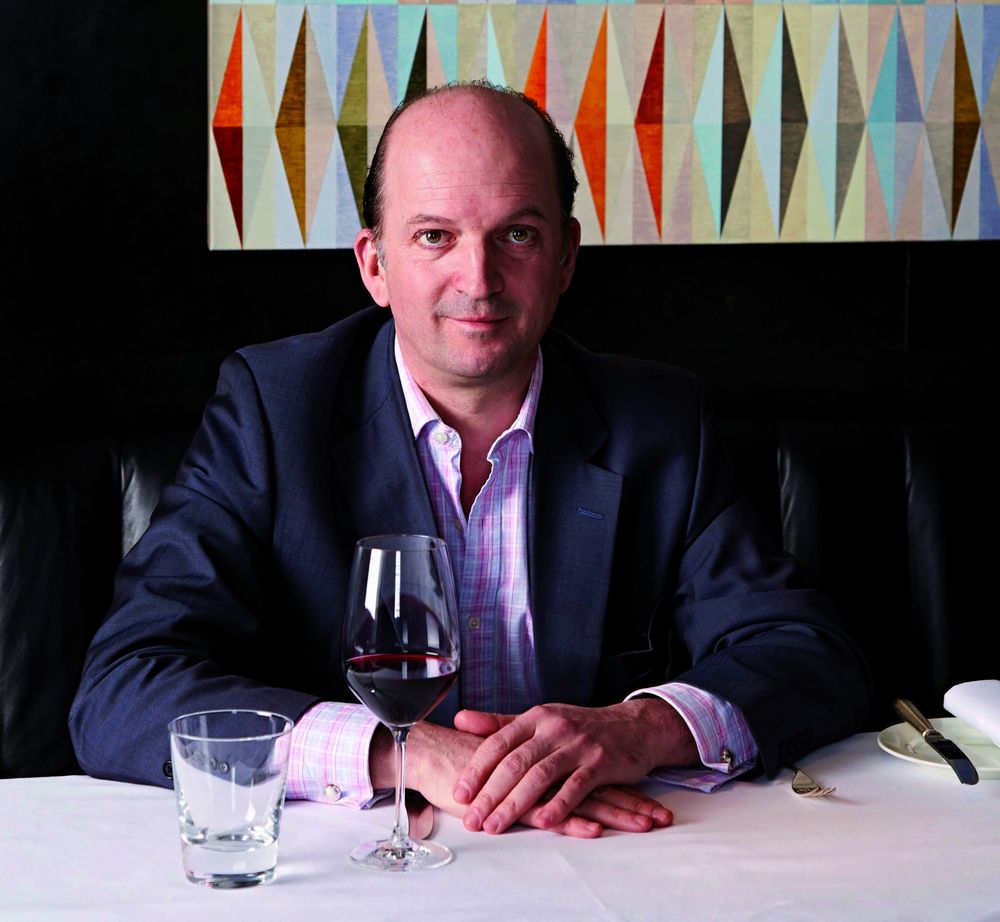
Bibendum’s Michael Saunders and fixing the broken circle of supplying mature Bordeaux
Why is this revolutionary?
Bordeaux’ classed growths are usually sold upon release en primeur to private clients and investors. They then either disappear into collectors’ cellars to be consumed in private or traded on the secondary fine wine market. Of course, restaurants can also buy en primeur, but that means stumping up the cash months before delivery and cellaring the wines until they are ready to drink. Nobody drinks fine Bordeaux from current vintages, right?
Most restaurants today have neither up-front cash, nor time, nor sufficient storage facilities. Not only is maturing wine for years in perfect conditions expensive in itself, the money spent is bound capital, i.e. it just sits there not generating income. While some restaurateurs have deep pockets, storage and time, most do not. If they want to offer fine mature Bordeaux, they are likely to buy it on the secondary market – sometimes with questionable provenance.
This expensive and often unreliable process over the years has meant that fine mature Bordeaux was placed out of reach of most diners. Once out of the realm of the normal consumer, Bordeaux’s finest wines also became thought of as wines for those with more money than sense, reserved for super-rich speculators who were not necessarily wine lovers. This programme sets out to change this.
Bibendum’s Michael Saunders is the man behind the idea. He says: “The supply of drinking vintages of top Bordeaux wines to the hospitality trade was broken. The love was gone. I thought this a huge shame as someone who trained with the legendary Anthony Barton in the mid-1980s. So the challenge was less the idea, more to persuade the châteaux there was a way. And boy is it working. Restaurants get great wines with real provenance at the right price, along with continuity. The châteaux see restaurant customers drinking their wines again, along with top quality food and service. Bibendum has a real point of difference in a classic market. Win, win win.”
What is in it for the restaurants?
Bibendum’s programme means that the wines come directly from the châteaux, aged in perfect condition, ready to drink, at a special price. As Ferréol du Fou, sales director of Château Troplong-Mondot in St Émilion, one of the programme partners, says: “It is fresh stock released and the most important thing is provenance. It is released from the château to the table.” Hodgson also notes that the programme highlights underrated vintages, like 2011, for instance.
Sommeliers love this kind of exclusive access. Catherine Richards, account manager for Bibendum’s premium sales team in London, reports that the Bordeaux Collection tasting held in London in September showed how much interest the programme had attracted.
“Even sommeliers who were working that day came in between shifts,” she says. Having worked in event management where usually only half the people who register actually turn up, she interprets this as a clear sign of demand and interest. Bibendum reports that 110 accounts are now actively listing Bordeaux Collection wines.
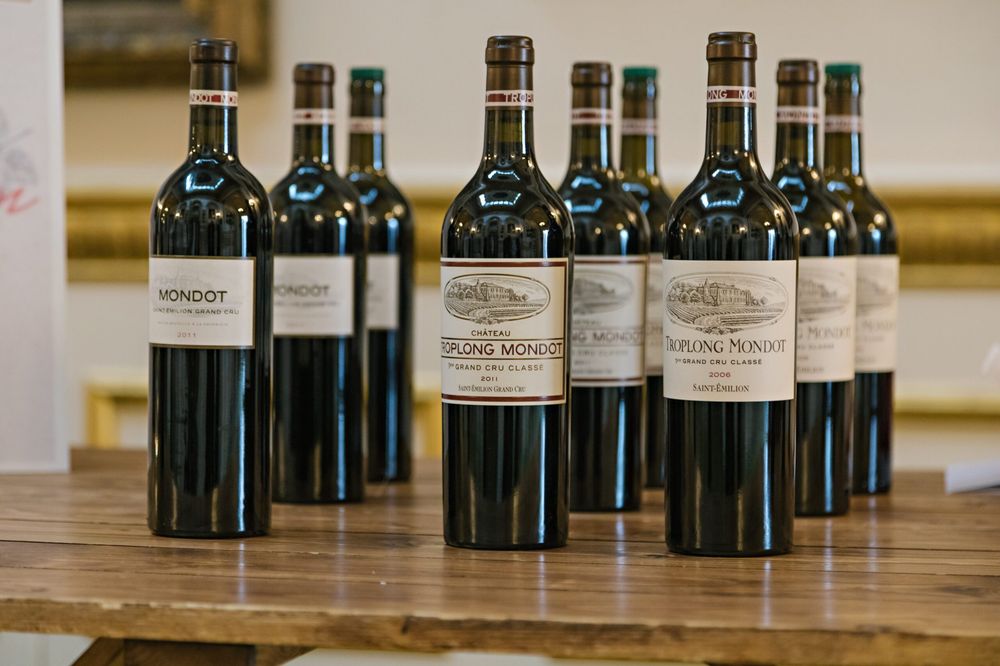
Buying direct means that questionable provenance can be avoided
What is in it for the châteaux?
For Troplong-Mondot the advantages are clear: “We make wine for people who want to drink, not for speculation,” de Fou says. “I decrease the price of my wine to make special deals for restaurants. I thereby invest in the on-premise system in London. I need this visibility. Troplong-Mondot was like a sleeping beauty – now people need to taste the wine.”
He gains access to a new clientele which is what Bibendum brings to the table. “What I love about this project with Bibendum is that they asked us to bring some back vintages at good prices. As you know, Bordeaux has had a tough time for a few years. Customers were no longer in love with Bordeaux, perhaps this was our fault. And now we want to bring Bordeaux back into the middle of the on-premise system.”
He has a point: on tour in London with the Bibendum sales team, he did come across sommeliers who had never tasted mature Bordeaux. “They know the name, but they have never tasted it,” he says about the huge deficit between the theory and practice of Bordeaux. “Now they see what Bordeaux is when it is mature.” He also loves the guarantee of quality: “Sometimes, our wines travel a lot. A bottle direct from our cellar is better than a bottle bought 40 years ago that has changed hands many times.”
He was excited to show his mature wines, namely Troplong-Mondot 2006 and 2011 as well as the second wine, Mondot 2011: “The strength of Bordeaux is that the wines are made for ageing. The strength of the châteaux is that we can store vintages and hold them back to release later. Old Bordeaux is magical, it has energy and finesse.”
Bibendum is a supplier partner of The Buyer. To discover more about them click here.

